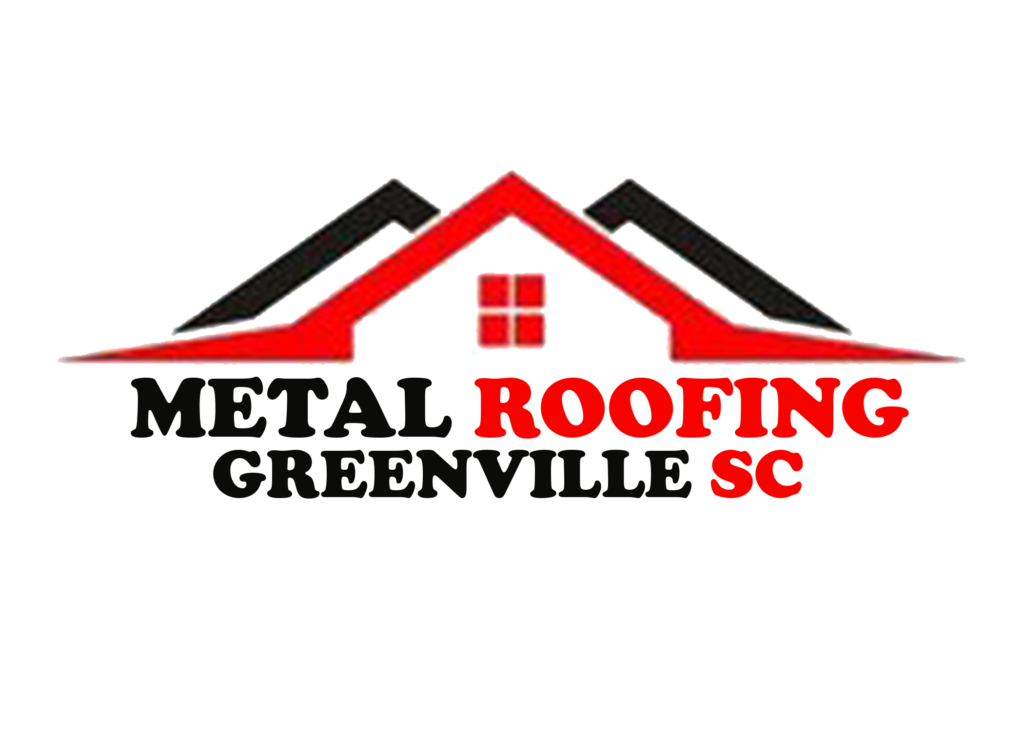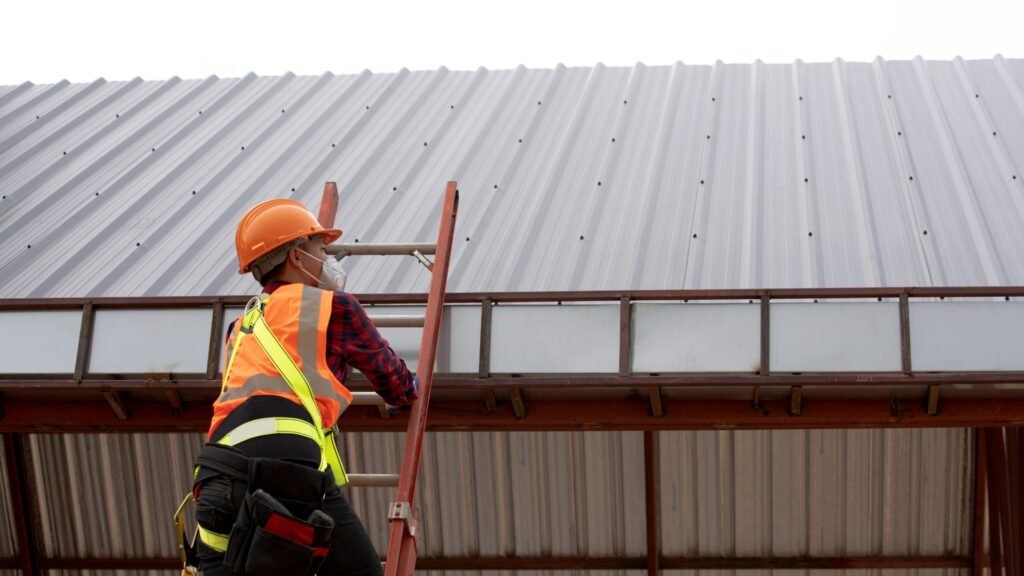When considering roofing options, cost-effectiveness plays a pivotal role in decision-making. Among the primary contenders in the roofing market are metal roofs and asphalt shingles. Homeowners often debate which option offers better long-term value, especially concerning upfront costs and maintenance expenses. This article delves into the comparative costs of metal roofs versus shingles, providing an in-depth analysis of material prices, installation costs, durability, energy efficiency, and other factors influencing overall affordability.
Cost Comparison: Metal Roof vs. Shingles
When evaluating roofing options, understanding the comparative costs between metal roofs and asphalt shingles is crucial for making an informed decision. This section provides a detailed analysis of material costs, installation expenses, and overall affordability considerations.
Material Costs: The cost of materials is a significant factor in determining the overall expense of a roofing project. Metal roofs typically involve higher upfront costs due to the price of metal sheets or panels. These materials vary in price depending on the type of metal chosen, such as steel, aluminum, or copper. Conversely, asphalt shingles are generally more affordable initially, with prices varying based on quality and brand.
Installation Costs: Installation expenses for both metal roofs and asphalt shingles encompass labor, equipment, and additional materials required for proper installation. Metal roofs often require specialized installation techniques, which can increase labor costs. In contrast, asphalt shingles are more straightforward to install, typically resulting in lower installation expenses.
Comparative Affordability: While metal roofs may require a higher initial investment, they often offer better long-term value due to their durability and longevity. Asphalt shingles, although cheaper upfront, may require more frequent replacements and maintenance over time, potentially increasing overall costs..
Long-term Cost Considerations
When investing in a new roof, it’s crucial to look beyond the initial costs and consider the long-term financial implications. This section explores the ongoing expenses associated with metal roofs and asphalt shingles, focusing on durability, maintenance requirements, energy efficiency, and overall lifecycle costs.
Durability and Lifespan: Metal roofs are renowned for their exceptional durability, often lasting 50 years or more with proper maintenance. They are resistant to weather elements such as wind, hail, and fire, which can reduce the need for costly repairs or replacements. In contrast, asphalt shingles typically have a shorter lifespan of around 15 to 30 years, depending on the quality and climate conditions.
Maintenance Costs: Metal roofs generally require minimal maintenance beyond occasional inspections and cleaning. They are less prone to damage and deterioration compared to asphalt shingles, which may require regular upkeep such as replacing damaged shingles, cleaning debris, and applying protective coatings.
Energy Efficiency: Metal roofs can contribute to energy savings by reflecting solar heat and reducing cooling costs in warmer climates. This thermal efficiency can lower overall energy bills over time. In contrast, asphalt shingles absorb more heat, potentially increasing cooling demands in hot weather regions.
Lifecycle Costs: When evaluating long-term affordability, considering the total lifecycle costs is crucial. While metal roofs often involve higher upfront investments, their extended lifespan and reduced maintenance requirements can lead to lower overall costs compared to asphalt shingles, which may necessitate more frequent repairs and replacements.
Additional Factors Influencing Cost
In addition to material and installation expenses, several other factors can influence the overall cost-effectiveness of choosing between a metal roof and asphalt shingles. This section explores how climate considerations, resale value, and other variables can impact the financial aspects of your roofing decision.
Climate Considerations: The climate in which your home is located plays a significant role in determining the long-term performance and maintenance needs of roofing materials. Metal roofs are durable and perform well in various climates, including areas prone to extreme weather conditions like hurricanes or heavy snowfall. They offer excellent resistance against moisture and are less likely to crack or warp compared to asphalt shingles, which may degrade faster in hot climates or suffer damage from freezing temperatures.
Resale Value: Investing in a high-quality roof can enhance the overall resale value of your home. Metal roofs are often perceived as premium roofing options due to their durability and energy efficiency, potentially increasing the market appeal and resale price of your property. In contrast, asphalt shingles, while initially cost-effective, may not provide the same level of perceived value to prospective buyers seeking low-maintenance and long-lasting roofing solutions.
Installation Factors: The complexity of installation can also influence overall costs. Metal roofs, depending on the type of metal and installation method chosen, may require specialized skills and equipment, which can increase labor costs. In contrast, asphalt shingles are relatively straightforward to install, often resulting in lower installation expenses.
Environmental Impact: Increasingly, homeowners are considering the environmental impact of their roofing choices. Metal roofs are often made from recycled materials and are fully recyclable at the end of their lifespan, making them a sustainable option. Asphalt shingles, while recyclable in some cases, typically contribute more waste to landfills due to their shorter lifespan and disposal challenges.
Case Studies and Real-Life Examples
Examining real-world scenarios and case studies can provide valuable insights into the cost-effectiveness of metal roofs versus asphalt shingles. This section presents detailed examples and comparisons to illustrate how different factors impact the overall expenses and benefits of each roofing option.
Case Study 1: Residential Installation In a suburban setting, a homeowner opted for a metal roof due to its durability and energy efficiency benefits. Despite the higher initial investment compared to asphalt shingles, the metal roof’s extended lifespan and reduced maintenance requirements proved cost-effective over time. The homeowner reported lower energy bills and minimal maintenance costs, contributing to significant long-term savings.
Case Study 2: Commercial Property Upgrade A commercial property owner in an urban area replaced their aging asphalt shingle roof with a metal roof to enhance durability and curb appeal. While the upfront costs were higher, the metal roof’s longevity and resistance to weather damage provided substantial savings in repair and replacement expenses over the years. The property’s enhanced energy efficiency also contributed to lower operational costs and improved tenant satisfaction.
Real-Life Example: Comparison Shopping In a comparative shopping exercise, a homeowner obtained quotes for both metal roofs and asphalt shingles from multiple contractors. Despite the initial sticker shock of metal roofing, they discovered that the comprehensive quotes included factors like installation, warranty, and long-term maintenance projections. This detailed comparison helped them weigh the upfront investment against potential savings and benefits over the roof’s lifespan.
Conclusion
Choosing between a metal roof and asphalt shingles involves weighing various factors, from upfront costs to long-term savings and environmental impact. This article has explored the cost-effectiveness of both roofing options, providing insights into material costs, installation expenses, durability, maintenance requirements, and energy efficiency.
Key Considerations:
- Upfront Costs: While asphalt shingles may offer initial savings, metal roofs often prove more economical over their extended lifespan due to their durability and lower maintenance needs.
- Long-Term Investment: Metal roofs typically outlast asphalt shingles, reducing the frequency of replacements and associated costs over time. Their energy efficiency can also lead to lower utility bills, further enhancing their cost-effectiveness.
- Climate and Environment: Consider your local climate’s impact on roofing materials. Metal roofs excel in extreme weather conditions, while asphalt shingles may degrade faster in harsh environments.
- Resale Value: A high-quality roof, such as a durable metal option, can enhance your property’s resale appeal and value compared to traditional asphalt shingles.
- Environmental Sustainability: Metal roofs are often made from recycled materials and are fully recyclable, making them a sustainable choice compared to asphalt shingles.
Final Thoughts: Ultimately, the best roofing choice depends on your budget, preferences, and long-term goals for your property. Whether you prioritize immediate cost savings or seek a durable, energy-efficient roofing solution, understanding the full spectrum of costs and benefits is crucial.
By considering all these factors and consulting with roofing professionals, you can make an informed decision that not only meets your financial needs but also enhances the value and sustainability of your home or building.


